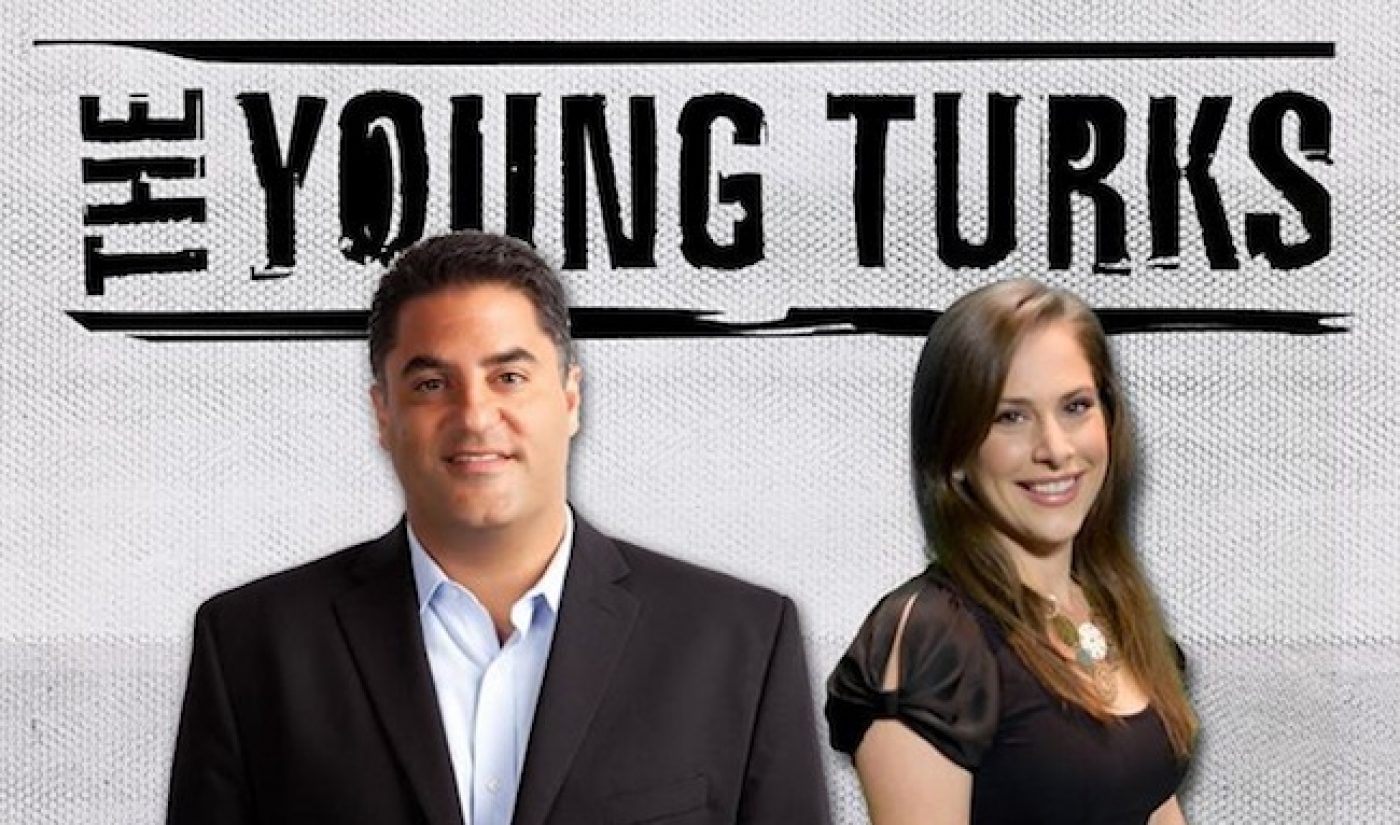The Young Turks is a media organization that is no stranger to generating revenue outside of online video’s now classic revenue sharing advertising model (where an online video distribution site, like YouTube, serves up a specific piece of programming preceded or followed by advertising and then splits the money generated from that advertising with the creator of that specific piece of programming). Almost ever since the political talk radio program’s online video incarnation first hit computer screens late in 2005, The Young Turks has made use of a subscription model, where superfans are offered the privilege to pay a modest monthly sum to show their support for The Young Turks and gain access to members-only programming and viewing options.
A content creation company surviving eight years in the online video business is a feat in and of itself, but it’s one The Young Turks have accomplished with success and aplomb. The company’s variety of revenue streams has helped it thrive throughout the better part of the last decade and contributed to the organizations’ over 1 billion YouTube views, more than 1 million YouTube subscribers, and burgeoning YouTube multi-channel network.
The Young Turks’ COO, Steven Oh will be on hand at our Tubefilter Meetup #BeyondRevShare this Tuesday, June 25 to discuss the ways in which his company has diversified its revenue sources. We asked him a few questions as a teaser of what you can expect to hear at the event if you RSVP.

Subscribe for daily Tubefilter Top Stories
Tubefilter: How important are alternative revenue streams outside of the classic rev share model to The Young Turks’ business?
Steven Oh: Alternative revenue streams outside the classic rev share with YouTube is critical to TYT’s business. We generate a large chunk of our revenue from paid memberships to our premium content that sits behind a paywall on our website. Another main source of revenue is from production services. We’ve been producing content for Current Television (now Al Jazeera) for the past year and a half. Also, merchandising is increasingly becoming a significant portion of our revenue.
TF: Do you have a different kind of connection to your fans that are paying subscribers than you do with the ones that catch your content for free?
SO: Absolutely. The fans who are paying subscribers, either to our website’s premium content or the paid YouTube channel, have a connection that is far deeper than those who consume only the free content. These paying fans are not only entertained and informed by our content, but they firmly believe that what we are doing is important and they WANT to support us financially so that we can continue to deliver independent news analysis and commentary in what is increasingly becoming a corporate controlled media environment.
TF: You were one of the first notable YouTube partners to be part of YouTube’s Subscription Service. How’s that experience been for you so far?
SO: Not great. YouTube is not an environment where folks are used to paying for content. It’s going to take a substantial amount of effort from both YouTube and the paid channel creators to change the mindset and behavior of YouTube consumers. We are a long way from there.
Find out more of what Oh has to say about generating revenue in online video at #BeyondRevShare. We hope to see you there.








